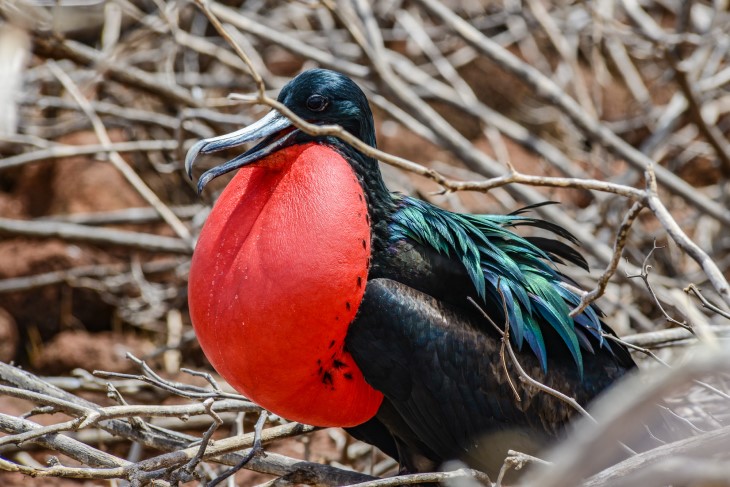
SIGN UP TO RECEIVE
15% OFF
IN YOUR NEXT TOUR
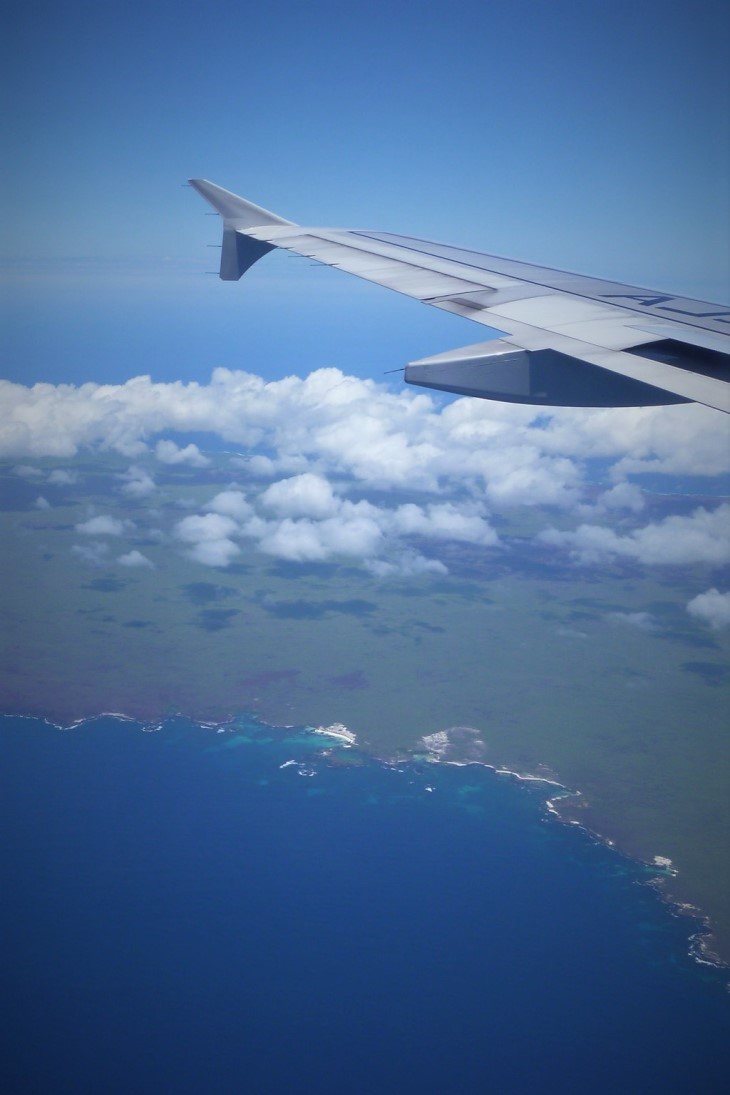
Essential Information Before Traveling to the Galapagos
SCROLL DOWN TO READ
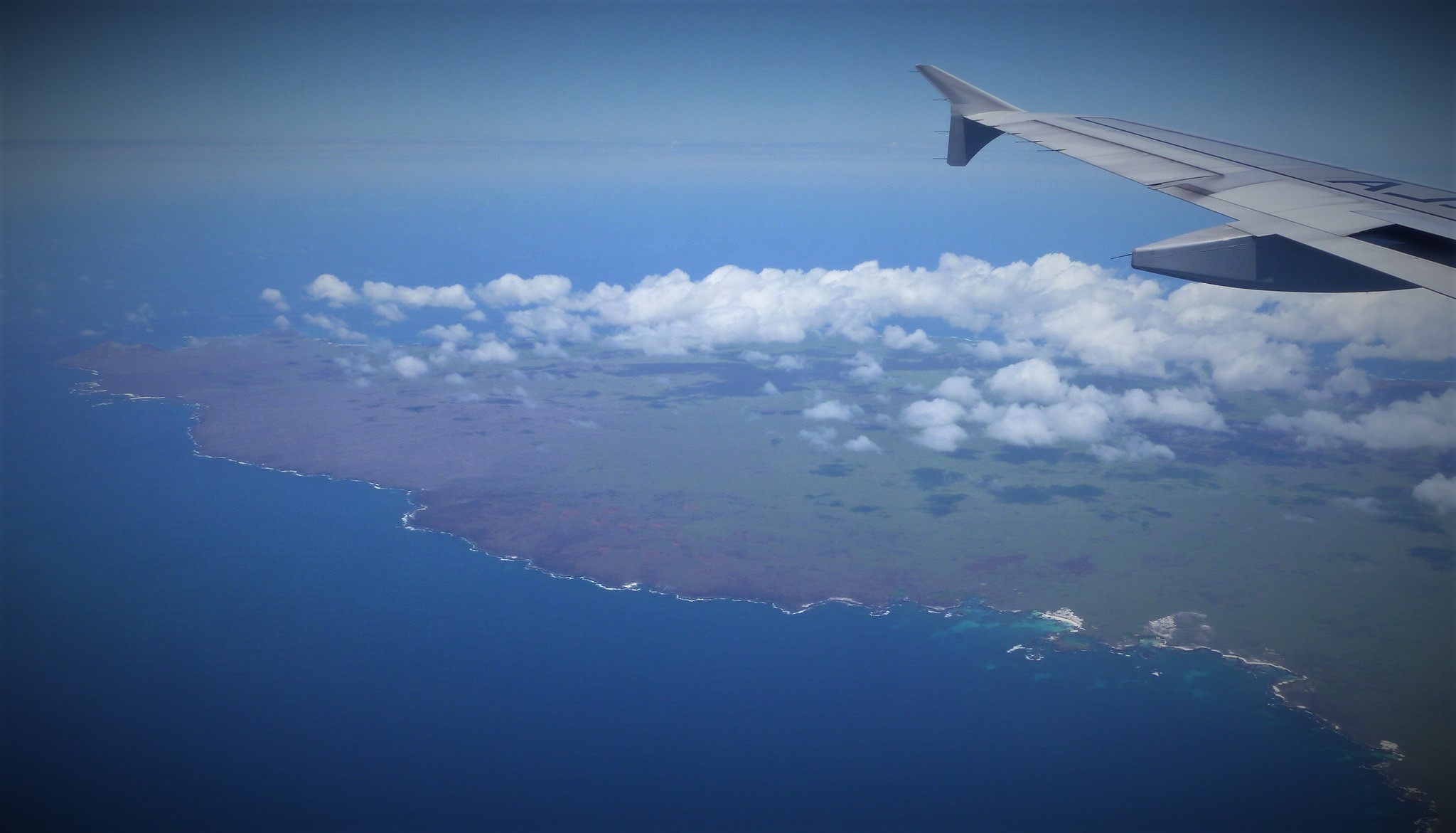
Essential Information Before Traveling to the Galapagos
SCROLL DOWN TO READ
Essential Information Before Traveling to the Galapagos
All visitors to the Galápagos are required to pay an entrance fee to the Galápagos National Park. Currently, the fee for foreign visitors is $100 per person ($50 for children under 12), but starting August 1, 2024, this will increase to $200 per adult and $100 per child. South American citizens may be eligible for a reduced rate; check here for more details.
Once you’ve booked your flight from Quito or Guayaquil, there are a few key steps to follow before you board, whether you’re planning island hopping or a Galapagos cruise. Arrive at the airport at least two hours before your departure, bring your passport, and be prepared to complete the required steps for boarding.
Upon arrival at the airport and before check-in, you’ll need to register at the Galapagos Government Council Office to obtain your Transit Control Card (TCC). This card must be kept with you until you leave the archipelago (valid for a maximum stay of two months). The cost of the TCC is $20 (twenty U.S. dollars).
There is an option for online registration, which is convenient if you have a travel agency that will handle the process for you in advance. An agent will fill out the required information, and then they will arrange for someone to pay for and pick up your TCC at the airport ahead of time, ensuring it’s ready for you upon your arrival.
When you travel with EquinoxTours, you don’t need to worry about the TCC—we take care of the registration and delivery for you.
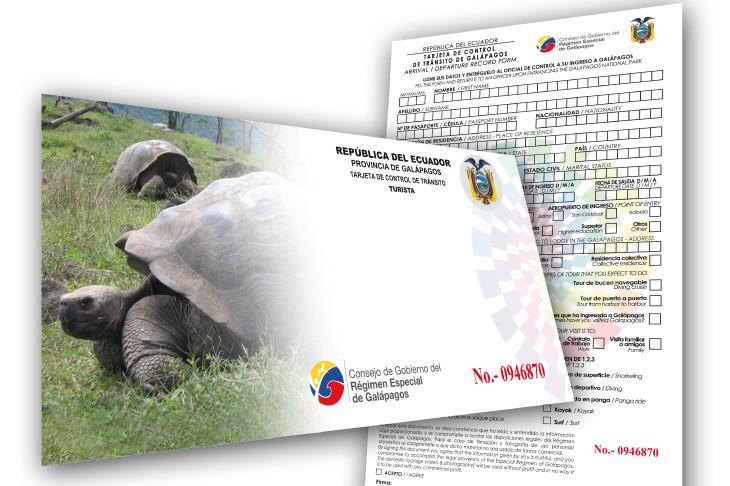
Once you have your Transit Control Card (TCC), head to the Galapagos Biosecurity Control and Regulation Agency room to check your baggage. This step is crucial to prevent the unintentional introduction of invasive species that threaten the unique biodiversity of the islands. The same procedure applies when transporting goods between populated islands at various boarding docks. To familiarize yourself with the regulations, you can check the Official List of Prohibited, Restricted, and Allowed Products for Island Entry.
Before landing, you will need to fill out a customs affidavit for the Galápagos. Be prepared for the airline to spray your carry-on luggage stored in the overhead bins with a safe product approved by the World Health Organization. This precaution helps eliminate any organisms that might not have been detected during pre-screening. Don’t worry; the fumigation process is quick and hardly noticeable, and the airline will inform you beforehand.
The affidavit will require you to certify that you aren’t bringing any banned materials into the islands. This includes processed, fresh, or cooked foods; plants; flowers; fruits; seeds; nuts; bulbs; live animals; wood; handcrafted items of plant or animal origin; biological products; soil; sand; rocks; or minerals.
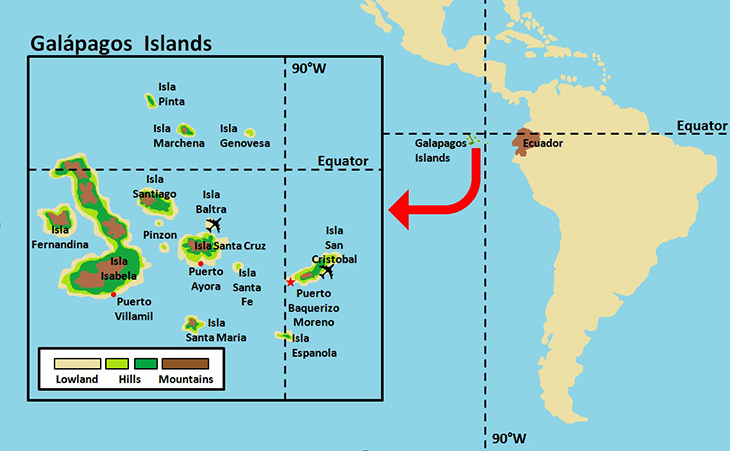
Upon arrival at the Galapagos National Park counter, present your completed TCC (Transit Control Card) when requested. This data helps track visitor trends and monitor activities within the islands. An entry tax is required for access to protected areas in Galapagos, with the rates detailed below:
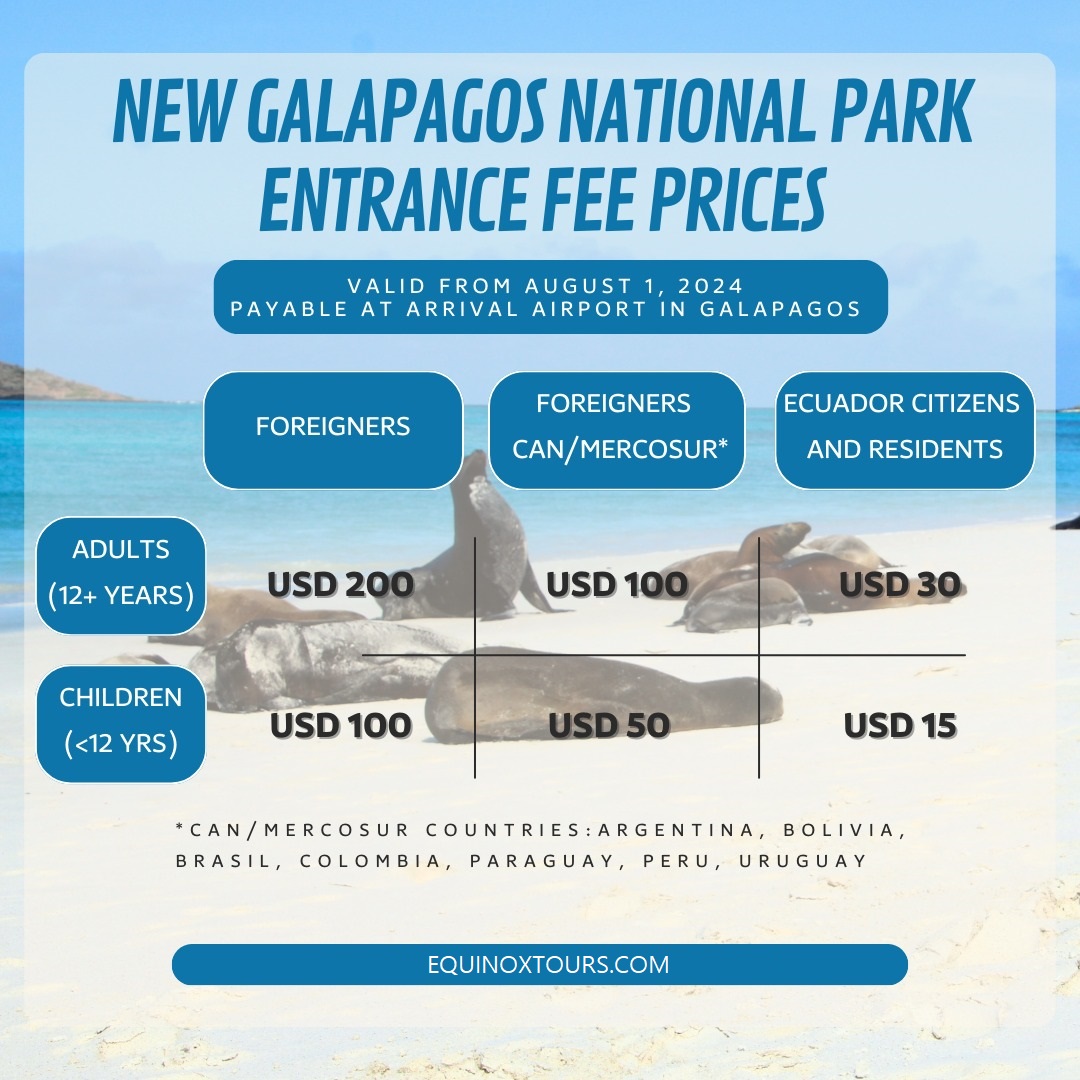
The entrance fees collected from visitors play a crucial role in supporting sustainability and community development throughout the Galápagos Islands. The distribution of funds helps maintain the environmental health and economic resilience of the archipelago. Here’s how the funds are allocated:
For more information on the entrance fee structure and fund distribution, please visit the official website of the Galápagos National Park Administration.
